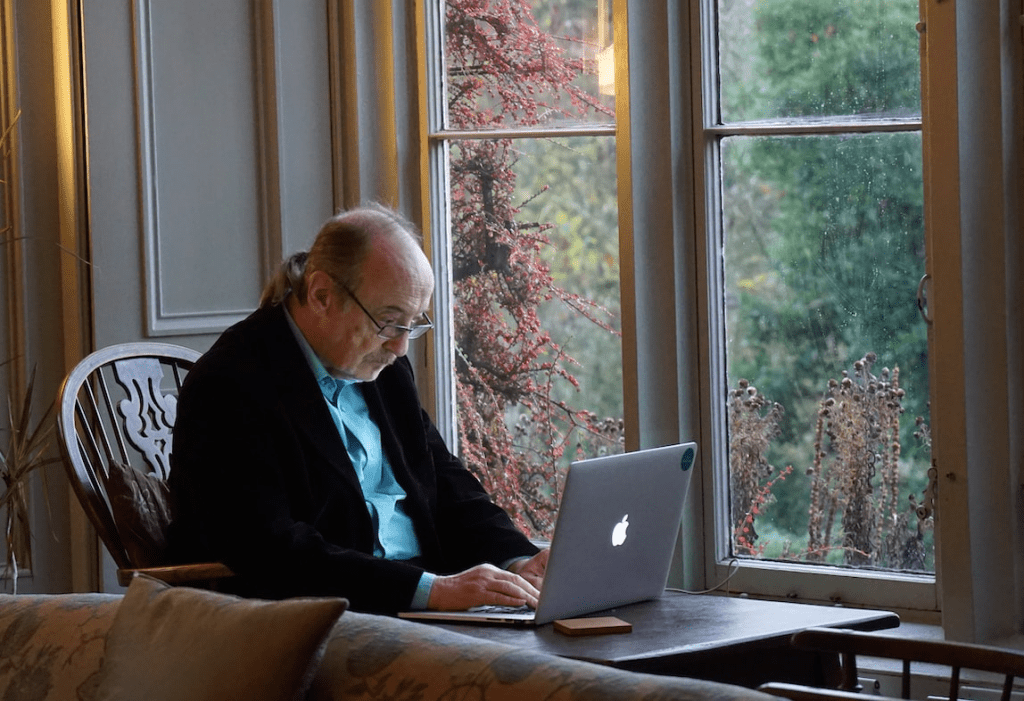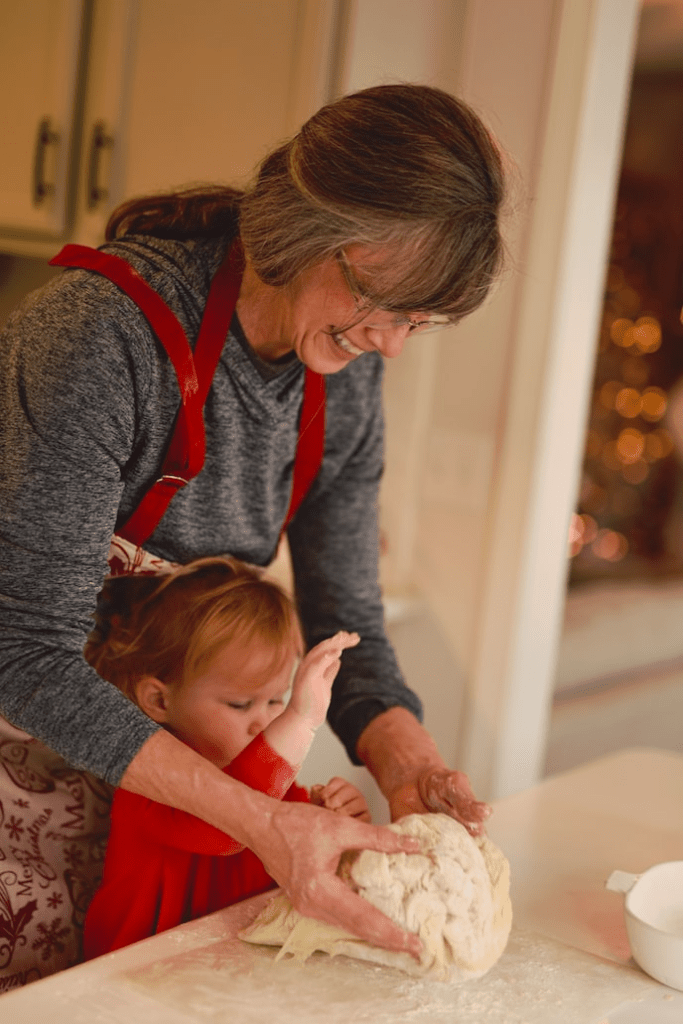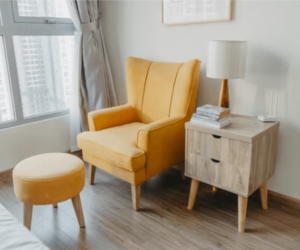As our loved ones age, it becomes increasingly important to ensure that their living spaces are safe and comfortable. This can involve making changes to the home to accommodate their changing needs. In this post, we’ll explore some key areas to consider when making a home accommodating for an older relative.

Image Source: https://unsplash.com/photos/V2edkaIdMP4
Assessing the Home
Before making any changes, it’s important to conduct a thorough assessment of the home. This can involve evaluating mobility, accessibility, and safety concerns. It’s important to take into account the specific needs of your relative when assessing the home. Seek professional help if necessary, such as from a home inspector or occupational therapist.
When assessing the mobility of the home, consider how easy it is for your older relative to move around freely without any hindrances. Take a look at the home’s entrance, hallways, stairways, and rooms. Remove any clutter, such as furniture or decorative items that may be blocking the pathways. Check for any loose rugs, carpets, or cords that can be tripping hazards. Make sure that there is enough space for your relative to maneuver, especially if they are using mobility aids such as a cane or walker.
Assess the doorways and make sure they are wide enough for a wheelchair or walker to pass through. Consider installing ramps, especially at the entrance of the home or any steps leading to different levels. Make sure that the bathroom is equipped with grab bars, non-slip mats, and a raised toilet seat. By assessing the accessibility of the home, you can help your older relative maintain their independence and dignity while staying safe and comfortable in their own home.
Improving Mobility
One key area to consider is improving mobility in the home. This can involve removing tripping hazards such as loose rugs and ensuring that walkways are clear and open. Installing handrails in hallways and on staircases can also be helpful. Consider replacing high-pile carpeting with lower pile options or hardwood flooring to create a more even surface.
If your older relative has difficulty navigating stairs, a stairlift may be a helpful solution. A stair lift is a motorized chair that moves along a track installed on the stairs, allowing the user to easily move up and down the staircase without needing to physically climb the stairs. Stairlifts come in a variety of models to fit different types of staircases and can be customized to fit the specific needs of your relative.
It’s important to ensure that the stairlift is installed by a professional to ensure safety and functionality. The average acorn stairlift cost, for example, ranges from around $2,000 to $5,000, depending on the specific model and features that are included. Stairlifts are designed to provide a safe and reliable way for older individuals to move up and down stairs in their homes. When considering the cost, it’s important to keep in mind that the price can vary depending on a number of factors, such as the type of stairlift, the length of the staircase, and the specific features that are required.
Ensuring Accessibility
Ensuring accessibility throughout the home is another key consideration. This can involve installing ramps to provide access to the home and widening doorways to accommodate mobility aids such as walkers or wheelchairs. It’s important to ensure that all areas of the home are accessible, including the bathroom and kitchen.
In addition to installing ramps and widening doorways, there are other ways to ensure accessibility in the home. For example, consider installing lever-style door handles instead of traditional round knobs, as they are easier to operate for those with limited dexterity. Adding a raised toilet seat and grab bars in the bathroom can also make it easier for older relatives to use the facilities independently. In the kitchen, consider lowering countertops and installing pull-out shelves to make it easier for older relatives to access items without having to strain or bend over. Small modifications like these can go a long way in ensuring that your home is accommodating and accessible for older relatives.
Enhancing Safety
Enhancing safety is another important area to consider. Installing grab bars in the bathroom and shower can help prevent falls, as can installing non-slip mats. Ensuring that there is adequate lighting throughout the home is also important. Having emergency plans in place, such as a plan for evacuating in case of a fire, is also important.

Image Source: https://unsplash.com/photos/TOKVE7PNwAc
Making a home accommodating for an older relative involves assessing the home, improving mobility, ensuring accessibility, and enhancing safety. It’s important to take into account the specific needs of your relative when making changes. By taking these steps, you can create a safe and comfortable living space for your loved one.
We encourage readers to take steps to make their homes more accommodating for older relatives. For additional resources, check out the AARP’s Home Fit Guide, which offers tips and advice for making homes more age-friendly.



